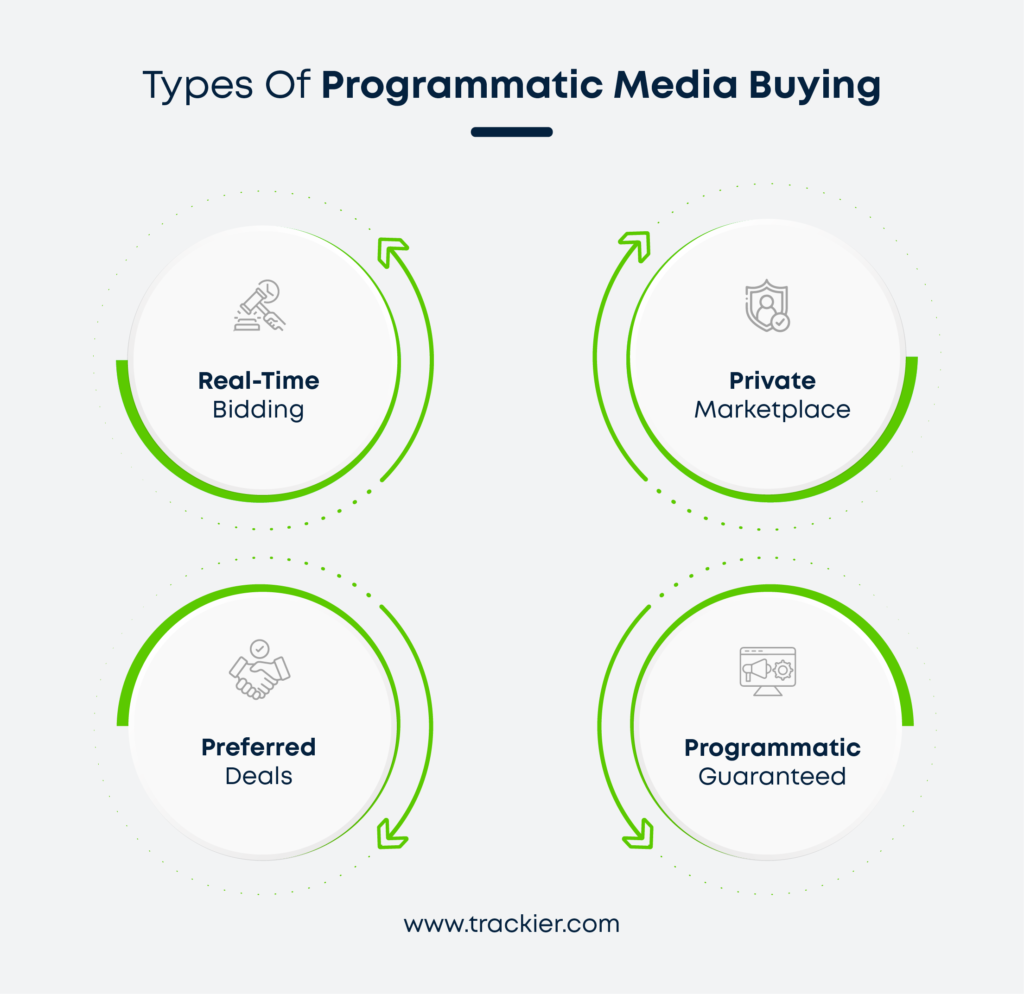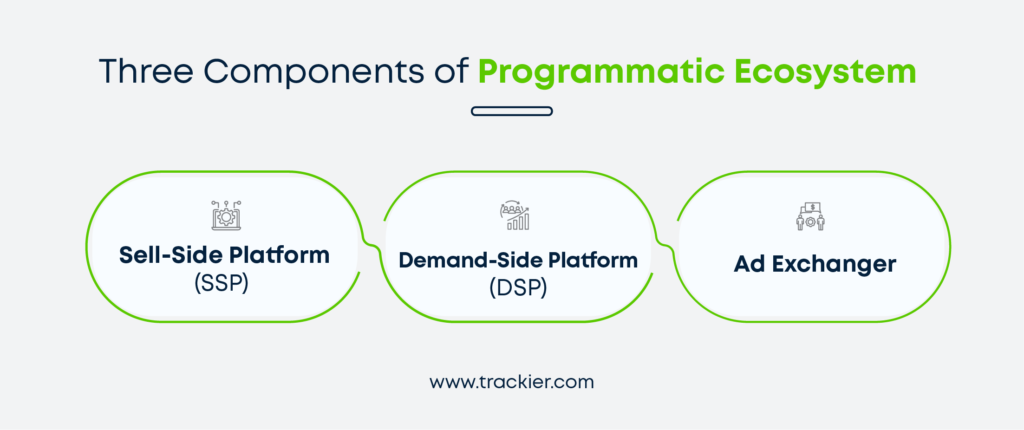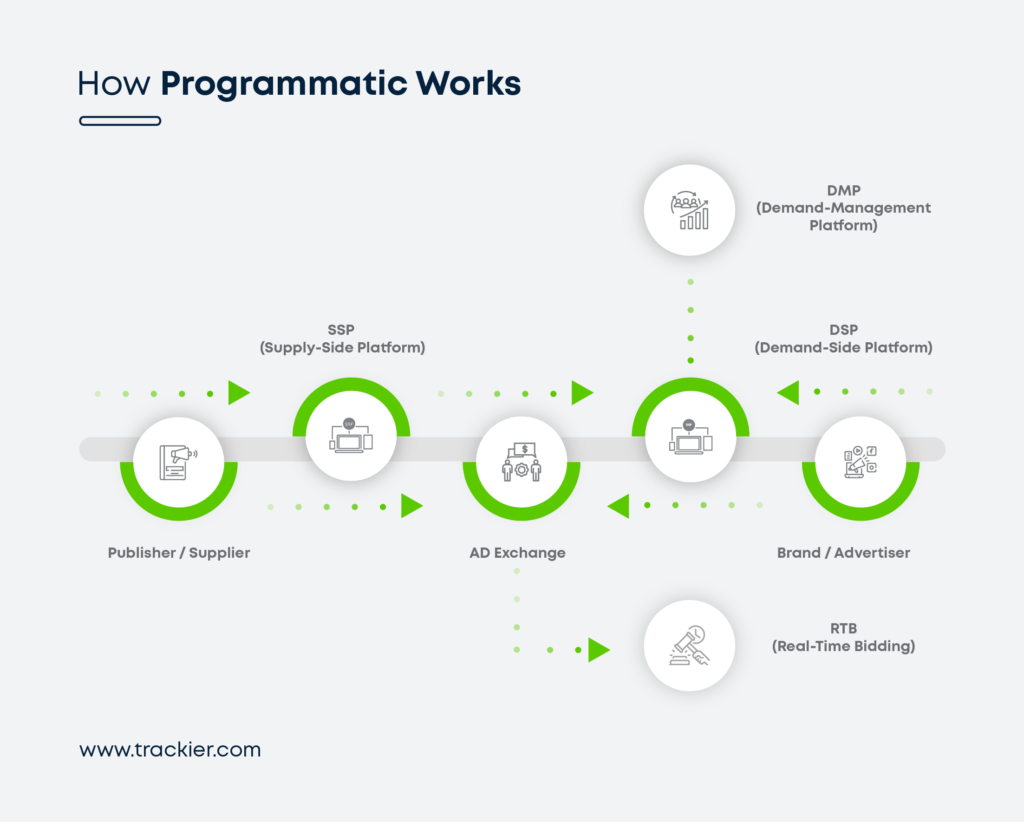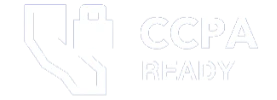If there’s something constant, it’s the change. And when it comes to the advertising industry, continuous evolution is the only thing that remains constant. One of the most pivotal evolution was programmatic media buying – the transformative force of the advertising industry.
Programmatic media buying reshaped the way brands connect with their target audience and revolutionized the way advertising is bought and sold. Therefore, understanding the concept is paramount if you belong to the Ad industry. If you’re an industry veteran or a rookie who’s just started, this glossary will answer your questions about programmatic media buying.
What is Programmatic Media Buying?
Programmatic media buying definition is using the automation for media buying, i.e. the process of buying the ad space. In traditional methodology, manual bids are placed to buy an ad space with a publisher.
Programmatic media buying technology uses data analysis and algorithms to show ads to the right users at the right time and above all, the right price.
Before we move forward toward the programmatic media buying process, let’s get down to the basics first.
Types of Programmatic Media Buying
There are many types of programmatic media buying, but these are the 4 most common ones.

- Real-Time Bidding: Also known as RTB, real-time bidding is open to all advertisers. The auctions of the ad space happen in real time as the name suggests. This is why it is also known as an open marketplace.
- Private Marketplace: As the name suggests, the bidding takes place between publishers and advertisers who have signed an agreement among themselves. These ad spaces have premium pricing because of their limited availability to advertisers.
- Preferred Deals: This is a less common type of programmatic media buying. In this type, advertisers choose ad spaces before going to a private or open market. In other terms, it is also known as spot buying.
- Programmatic Guaranteed: It is similar to a preferred deal but there is no auction bidding. The publisher and advertiser negotiate on a fixed price (CPM) for an ad space.
3 Components of Programmatic Media Buying
Before understanding how programmatic media buying works, let’s read about its components briefly.
- Demand-Side Platform (DSP): A DSP is a platform that allows advertisers and agencies to buy ad spaces cross-platform.
- Sell-Side Platform (SSP): A SSP is a platform that allows publishers to sell their ad inventory including display, mobile, and video to potential buyers in real-time. The buyers include ad exchanges, networks, and DSPs.
- Ad Exchangers: Ad exchanger feeds the inventory into an ad exchange. The DSP connects to an ad exchange to buy an ad space. Through the bidding process, inventory prices are negotiated.
Programmatic Media Buying Process: How It Works?
Picture an advertiser who wants to buy ad space for his digital campaign to promote their products or services. They will contact a programmatic ad agency or a trading desk. The agency uses a DSP to automate the process of buying an ad inventory for the said advertisers to help them meet their campaign goals.
The DSP uses a Data Management Platform or DMP to ensure that the ad serves the right audience. A DMP manages the audience data, which is used to target the right audience using locations, demographics, behavior, and online activity.
When a person suits the ICP (ideal customer profile) of the advertiser and lands on the publisher’s website, the website will send an ad request to the SSP, which in turn runs a live auction among its buyers and a DSP is connected in.
The DSP then uses this data to evaluate the ad and match it with the target parameters – then decides the bidding price for the impression. Since the bidding process takes place in real-time, it is known as RTB or real-time bidding as we explained in the above section.
Though it looks like a tedious process, it takes just 100 milliseconds to take place in real-time. The process is repeated when the user refreshes the website or visits it again.
What are Programmatic Platforms?
Programmatic platforms are platforms that help with programmatic advertising. They help publishers find advertisers that match their needs. They are part of a system that runs the programmatic advertising process, including DSP, SSP, DMP, and Ad Exchange, as explained in the above sections.
Programmatic Media Buying Examples
Here are some real-world examples of programmatic media buying to help you understand the power of this new-age advertising technology.
The Economist
The Economist, a leading finance newspaper, ran an award-winning campaign through programmatic. The ads were hyper-targeted, catering precisely to the audience they wanted- the ones who haven’t spent much time on The Economist’s website.
Result? According to eConsultancy, with the help of programmatic advertising, The Economist was able to generate 650,000 new leads with a campaign ROI of 10:1 with a budget of £1.2 million.
Apart from this, the brand awareness for The Economist saw an increase of 64%, which is termed as a massive success for any advertiser.
Audi
The premium German automotive company ran an ad campaign through programmatic media buying to promote their customizable vehicle. The campaign turned out to be one of the most successful in the history of marketing, staying true to the brand’s slogan ‘Vorsprung durch Technik’ which translates to ‘advancement through technology’.
They worked with Google using their display ads and Video 360 and used customer data to optimize their customer touchpoints. They also used customer behavioral data to improve marketing segmentation along with offering an option for customers to customize their dream Audi car among 6,000 choices of combinations.
These designs were also utilized to create personalized dynamic ads that were twice as effective as standard ads. With the help of programmatic ads, Audi recorded a conversion rate of 4X as compared to the traditional advertising method.
In comparison to traditional advertising, the programmatic media buying technique is undoubtedly more effective, scalable, and hyper-targeted. That is why US marketers spent over $61 billion on programmatic ads and by the end of 2023, it is expected to reach $133 billion, more than double.
Marketing experts are also vouching for programmatic media buying and advertising because of its cost-effectiveness and lesser reliance on manual resources.






